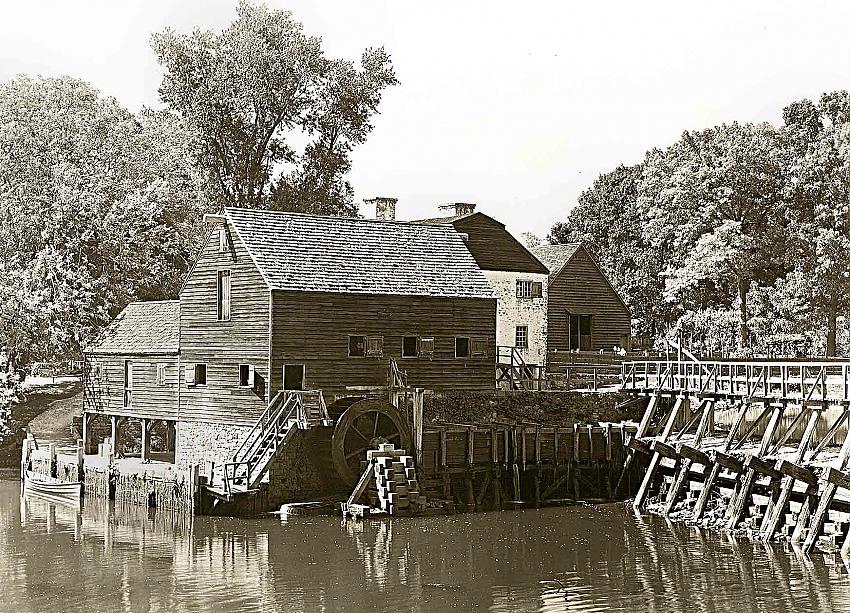Philipsburg Manor
-
A
- JackRosa
- Location
- Sleepy Hollow, NY
- Equipment Used
- 8x10 camera: Ebony SV810UE; lens: 360mm Schneider Symmar
- Exposure
- 1/4 second at f/22
- Film & Developer
- Ilford HP5+ developed in Agfa Rodinal (used Radeka's SLIMT technique)
- Paper & Developer
- Ilford VC FB in Ilford MG 1+9; also oriental FB in Amidol 1+1 and PD-130 1+1
- Lens Filter
- No filter during exposure. Main printing exposure at 170M. Used FP4+ unsharp mask, mylar D/B mask and a SCIM
| Photrio.com contains affiliate links to products. We may receive a commission for purchases made through these links. To read our full affiliate disclosure statement please click Here. |
PHOTRIO PARTNERS EQUALLY FUNDING OUR COMMUNITY:  |







